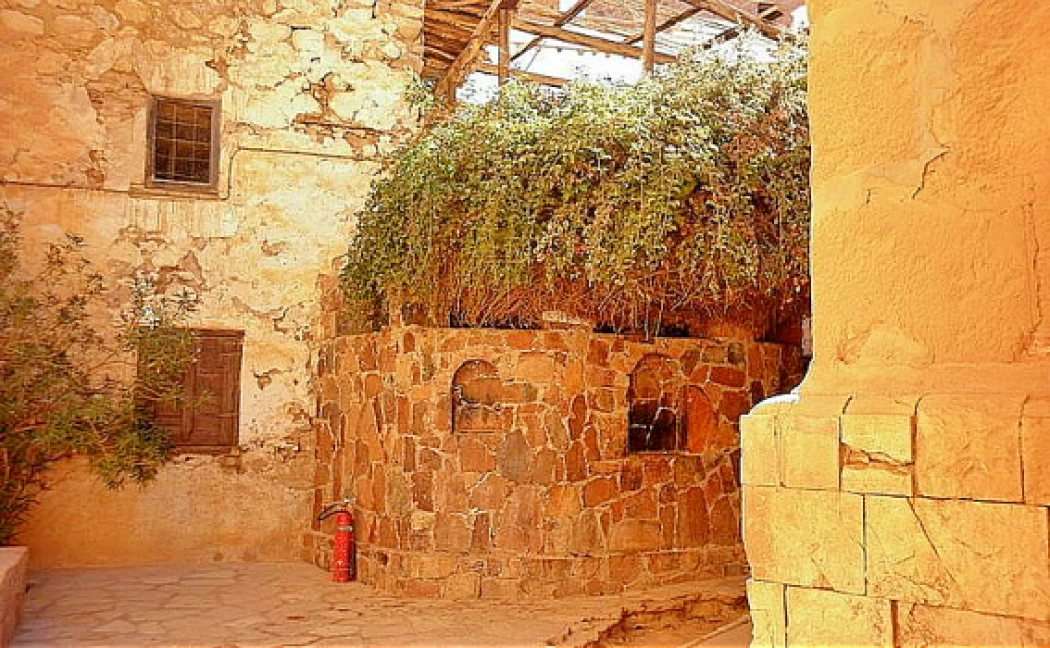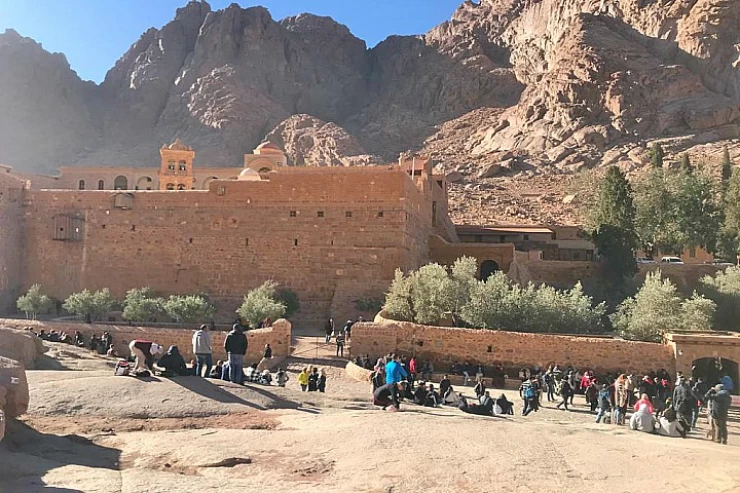
Secrets of the bramble tree in St. Catherine's Monastery
Burning bush st catherine's monastery in Sinai
When the Prophet of God, Moses, peace be upon him, wanted to commune with his Lord, he was next to it, as it is only found in South Sinai. It is the Holy Bramble tree, which is currently located in Saint Catherine’s Monastery. This type of bramble plant does not bear fruit and is green throughout the year, and attempts to re-grow it anywhere in the world have failed.
In Saint Catherine's Monastery there is a church called the Church of the Holy Bush, which was founded by Empress Helena, the mother of Emperor Constantine, in the fourth century AD, near the Holy Bush tree. When Emperor Justinian built the Monastery of Mount Sinai in the sixth century AD, he included it within the great church of the monastery. This monastery was called (Saint Catherine's Monastery) in the ninth century AD, based on the famous story of Saint Catherine.
The burning bush has a floor 70 cm lower than the floor of the Church of the Transfiguration and is 5 m long and 3 m wide. It contains a small circular altar erected on marble columns above a marble slab that marks the real location of the tree. It is said that its roots still remain in this location. The current burning bush tree in the monastery is originally inside the church and its branches are outside. No one enters this church without taking off his shoes outside its door, following the example of the Prophet Moses, peace be upon him, who responded to the call of his Lord and took off his shoes.
The bush and Mount Moses represent a value for all religions, including Judaism, Christianity, and Islam, as the story of the Prophet Moses and the Children of Israel is mentioned in several chapters of the Holy Qur’an.
















